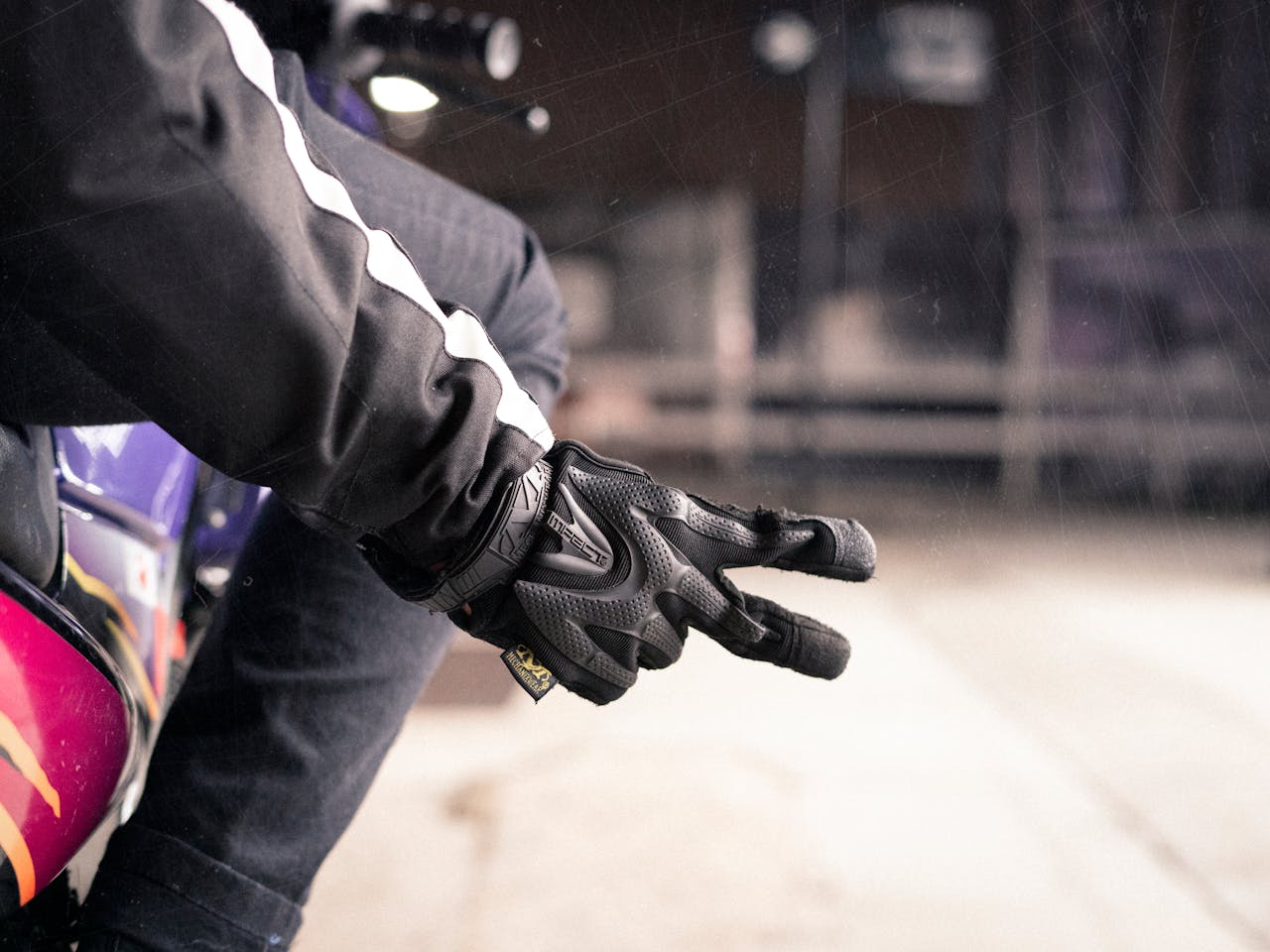Part of being a safe and responsible driver is communicating with other road users without verbal communication. Drivers, cyclists, and pedestrians need to utilize nonverbal communication methods to avoid road accidents. Paying attention to other road users and knowing the different communication methods are crucial for your safety and for all those around you.
Cyclists rely on hand signals to communicate with other motorists. Hand signals intend to relay a cyclist’s intended movement to other motorists. “Taking the time to learn bike hand signals can be the difference between preventing a crash and keeping you and others safe,” says injury attorney Joe Kopfler. Because of this, it is essential to know your bike hand signals, even if you are not a biker.
Left Turns: Left turn signaling requires cyclists to extend their left arm fully. This signal ensures that other motorists know you are about to turn left. Cyclists are encouraged to make this signal 100 meters before turning to give drivers and other motorists ample time to respond.
Right Turns: Right turn signaling requires cyclists to make a 90-degree angle at the elbow with an extended left hand. Cyclists are encouraged to hold this signal for three seconds. Making the signal 100 meters before they make the turn is also recommended. Alternatively, some states allow cyclists to extend their right hands outwards for right turns as they would for left turns. However, the first method is the standard practice across America.
Slow Down: Cyclists can signal to other motorists that they intend to slow down. The signal for slowing down is holding one’s left arm behind them with the palm facing the ground. Cyclists should then move their hands up and down at the wrist, signaling to other motorists they are about to slow down. This signal should only be used when cyclists are sure to lower their speed significantly.
Stop: The stop signal is used frequently by cyclists. Most bikes lack break lights, forcing cyclists to rely on this signal. The stop signal requires cyclists to extend their left arm out and make a 90-degree angle at the elbow with the hand facing down. Cyclists should also keep their palms open so other motorists understand they are about to stop.
Give Way: The give way signal is the simplest of all bike hand signs. Cyclists use it to tell other motorists they may go ahead of them. The signal requires cyclists to fan their hands forward.
Road Hazard: Another important hand signal for cyclists is one indicating road hazards like potholes. Cyclists should use this signal to warn other users, like drivers, of the risk ahead. To signal a hazard, cyclists should point to the ground. Sometimes, the cyclists may make a circular motion with their hands. Other instances where cyclists can use this signal include when passing over utility access holes or drainage covers.
Cyclists who use hand signals are less likely to be hit by other vehicles. They also ensure that the road is safe for other motorists. All motorists should understand bike hand signals to avoid getting into preventable crashes. All road users must learn the three essential hand signals for cyclists: left turn, right turn, and stop. It is also possible for them to learn signs that indicate spills or obstacles that need to be avoided. However, such signals are rarely used while on the road. Even so, cyclists must ensure they understand all hand signals, regardless of how they are used.
